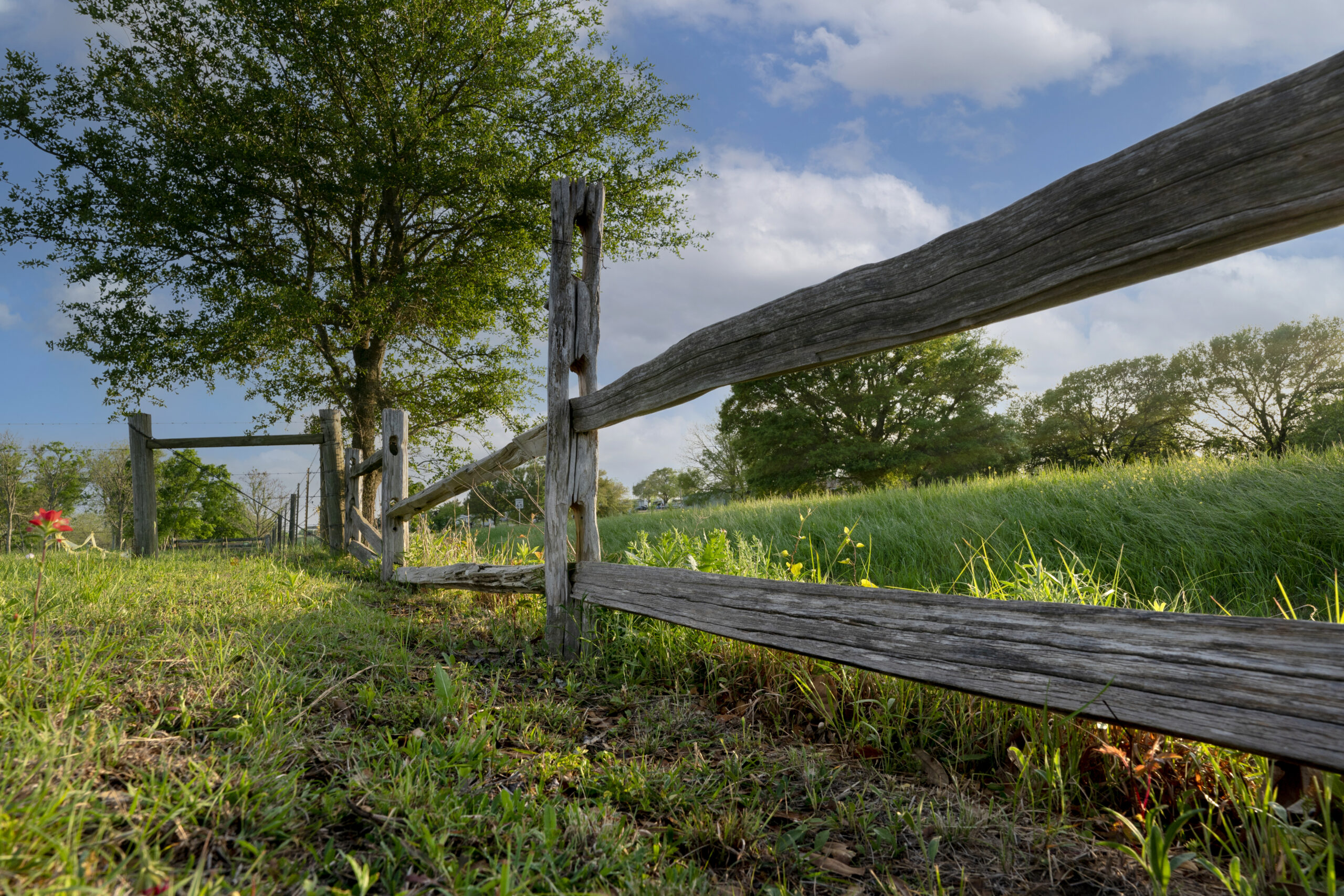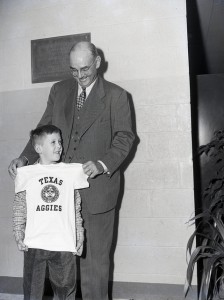
History

The Soil and Crop Sciences Department in the College of Agriculture and Life Sciences at Texas A&M University was formed in 1958 by combining the departments of Agronomy, Horticulture, and Floriculture. In 1976, horticulture and floricultural activities were removed from the Soil and Crop Sciences Department and placed into a separate Department of Horticultural Sciences.
Our mission has always been closely interwoven with that of the Morril Act, which provided for the creation of land-grant universities. Signed into law by President Abraham Lincoln on July 2, 1862, the act established colleges that would teach military tactics as well as engineering and agriculture. The Hatch Act of 1887 established the Agricultural Experiment Station component, outreach function through the Cooperative Extension Service. Together the Morrill, Hatch, and Smith-Lever Acts formalized the three-part mission of all land-grant universities, education, research and extension.
Agriculture produces food, feed, fiber, bioenergy, green space, and other products and benefits through the systematic production of plants and animals. Forty-two percent of the world’s laborers are employed in agriculture. This makes it the most common occupation throughout the world.
The transofrmation of agriculture in many developing nations led to significant increases in agricultural production between the 1940s and the 1960s. Much of the increase in wheat production during what became known as the Green Revolution resulted from the introduction of better varieties developed by Dr. Norman Borlaug, a Distinguished Professor in our department who died in 2009. Called the Father of the Green Revolution, Dr. Borlaug was often credited with saving over a billion people from starvation. He was awarded the Nobel Peace Prize in 1970 in recognition of his contributions to world peace through increased food supply.
Changing with the world’s needs, the Soil and Crop Sciences Department has begun research and teaching in such areas as food science, water use and quality, bioenergy, turf ecology, and ecosystems, in addition to more standard agricultural areas. Some faculty members are also studying carbon sequestration, a method for capturing carbon dioxide from the atmosphere and storing it in plants and soils.